
- Teams are chasing traits but not forcing quarterbacks: The 2025 NFL Draft showed that uncoachable physical tools still drive QB evaluations, but a weak class overall led teams to wait rather than reach.
- Need still drives early draft decisions: Despite claims of best-player-available, teams consistently used early picks to address glaring weaknesses.
- Subscribe to PFF+: Get access to player grades, PFF Premium Stats, fantasy football rankings, all of the PFF fantasy draft research tools and more!

The NFL draft consistently offers insight into how teams think, not just about individual prospects, but about broader team-building philosophy.
The franchises that can identify both physical and analytical advantages early tend to be the ones that translate that edge into on-field success. The 2025 draft was no different, revealing trends in what teams value, especially in a year lacking clear-cut blue-chip talent at the top of the board.
Traits still drive QB evaluations, but teams are showing more patience
Shedeur Sanders became arguably the biggest story of the 2025 NFL Draft, falling to the fifth round despite being widely considered a top-50 talent. His slide was largely attributed to a lack of elite physical traits and reported character concerns, both of which raised red flags for teams evaluating long-term potential.
The league sent two clear messages in how the quarterback market played out, particularly with only three quarterbacks selected inside the first 90 picks.
First, in an era where dual-threat quarterbacks are thriving, NFL teams are still prioritizing high-end physical tools. The first four quarterbacks selected all showcased the most desirable combinations of athleticism and arm strength, traits that remain the cornerstone of how teams evaluate potential franchise signal-callers.
Second, it’s evident that NFL teams simply didn’t view this class as particularly strong beyond Cam Ward. The Giants traded back into the first round to select Jaxson Dart, but the cost — two third-round picks, including one in 2026 — suggests it wasn’t a market-driven move. It’s possible they were preempting Cleveland, but the Browns ultimately waited until the third round to draft a quarterback.
New Orleans, once projected to take a quarterback as high as ninth overall, felt comfortable waiting until pick No. 40 to draft Tyler Shough. Sanders was still on the board, but Shough’s stronger arm and greater mobility aligned more closely with the traits the Saints prioritized.
As is typical, this quarterback class will likely yield only one or two legitimate starters. But what’s abundantly clear is this: when NFL teams take their shots at finding a franchise quarterback, they’re going to continue betting on uncoachable physical traits over polish or production alone.
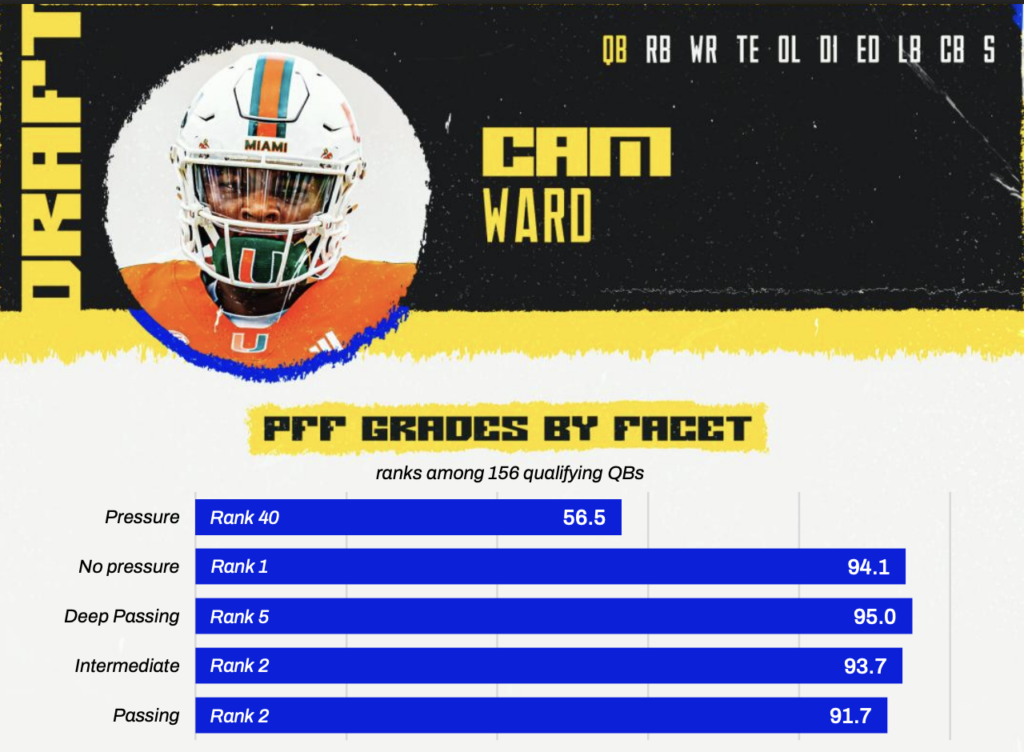
Running the ball is back in vogue, and defenses must respond
Ten of the top 13 teams in run play percentage made the postseason in 2024, including the Philadelphia Eagles, who won the Super Bowl as the only team to run more than they passed.
On the flip side, the Kansas City Chiefs were the only team in the bottom 10 in run rate to make the playoffs, highlighting the growing importance of ground-game balance.
Free-agent additions like Saquon Barkley, Derrick Henry and Josh Jacobs reinforced the value of offensive balance. The rise of dual-threat quarterbacks has also supercharged rushing efficiency — Baltimore, Buffalo, and Washington led the NFL in EPA per rush last season, with Lamar Jackson, Josh Allen and Jayden Daniels steering those offenses.
The challenge for defenses is that all three quarterbacks are also capable passers, making it harder to load the box without getting burned through the air. Philadelphia’s defense, which set the standard for stopping the run with lighter boxes, showcased a possible solution. They led the NFL in run-defense grade when playing from two-high shells, a schematic trend other teams are now working to replicate.
This emphasis was evident in the 2025 NFL Draft. After Abdul Carter went third overall, the next five defensive linemen selected were strong run defenders. Defensive tackles Mason Graham and Walter Nolen posted the top two run-defense grades among FBS interior linemen last season, while Kenneth Grant ranked 13th. The next two edge defenders drafted after Carter — Mykel Williams and Shemar Stewart — also profiled better against the run than the pass. Both were top-25 in run-defense grade but ranked outside the top 150 in pass-rushing grade.
Williams’ landing spot makes this trend even clearer. The 49ers, who drafted him in the first round, doubled down by selecting run-stopping defensive tackles Alfred Collins and CJ West in the next three rounds.
The numbers support this defensive pivot. Only three teams that ranked in the bottom half of the league in run-defense grade — Buffalo, Green Bay and Washington — made the playoffs last year. With lighter boxes and two-high shells becoming more prevalent, the ability to stop the run without overcommitting defenders is a premium trait.
In a league still centered around quarterbacks, the most successful teams are finding ways to control the game on the ground — and defend it — without compromising their structure.
There’s no such thing as too many weapons in the passing game
NFL franchises seem to have bought into the fact that a glut of weaponry in the passing game is as valuable as their best weapon. Building an offense with multiple dynamic receiving weapons, such as the Eagles or the Cincinnati Bengals, leads to a litany of matchup problems for opposing defenses.
The Jacksonville Jaguars exemplified this mindset in the 2025 NFL Draft, making the first major move by trading up for Travis Hunter. Despite some defensive needs and pass protection issues, the Jaguars were vocal about viewing Hunter, a rare two-way talent, as an offensive weapon first. He’ll now pair with Brian Thomas Jr. to form one of the league’s most electric young receiving duos.
The Chicago Bears took a similar approach, aggressively adding to their arsenal after addressing the offensive line in free agency. While some expected them to target a tight end early in the draft, they grabbed Michigan’s Colston Loveland in the first round and were rewarded when Missouri’s Luther Burden III fell to them in the second. Both players have ranked among the top slot receivers in college football since 2023 — a major upgrade for a Bears offense that finished 29th in slot receiving grade last season. Caleb Williams suddenly finds himself surrounded by a deep and versatile receiving group.
Tampa Bay made one of the most surprising picks of the first round by selecting wide receiver Emeka Egbuka. Though wideout wasn’t viewed as a pressing need, the Buccaneers couldn’t pass up the value. Egbuka now joins an already loaded group with Mike Evans, Chris Godwin and Jalen McMillan, instantly giving Tampa Bay one of the league’s most complete receiver rooms.
Meanwhile, teams like the New York Jets, Pittsburgh Steelers and Tennessee Titans may struggle in 2025 due in part to their lack of depth at wide receiver. Each team relies heavily on a single pass-catching threat, which makes them far easier to game-plan against.
Big boards are a guide, but it’s clear that teams draft for need
While many NFL executives publicly insist they stick to their big board and draft the best player available regardless of position, the 2025 NFL Draft once again demonstrated that need plays a critical — and often decisive — role in early-round decision-making. That’s not to say boards don’t matter, but it’s clear teams build those boards with an eye toward their most pressing weaknesses.
Consider the quarterback position: the Titans and Giants ranked 32nd and 30th, respectively, in passing grade last season. Not coincidentally, they were the only teams to select quarterbacks in the first round. Similarly, while the Carolina Panthers had several defensive holes, they finished last in receiving grade, leading them to select wide receiver Tetairoa McMillan with the eighth overall pick.
Running back Ashton Jeanty landed in Las Vegas, where the Raiders posted the NFL’s worst rushing grade in 2024. The Saints and Patriots, who finished at the bottom of the league in pass-blocking grade, each spent a top-10 pick on offensive tackles. It’s possible these players topped their draft boards, but it’s just as likely that those boards were built around team-specific needs.
Defensive-focused teams followed a similar script. The 49ers, who ranked 28th in run-defense grade, used multiple picks to reinforce their defensive front. Atlanta, which posted the league’s second-worst pass-rush grade, spent both of its first-round picks on dynamic edge defenders.
Every outlet will have its opinions on who the best football players are in any class. However, teams are clearly doing so within the context of what they need most, particularly within the early rounds.

More swings lead to more positive outcomes
Speaking of needs, teams will often select multiple players who will play within the same unit or even the same position to remedy a singular problem, especially in the later rounds. One example of this is the aforementioned 49ers’ strategy of loading up on run defenders in order to fix their greater problem.
Several teams are taking a similar approach. It doesn’t necessarily mean that they are hoping every player becomes a star, but throwing more potential solutions at a problem should theoretically lead to some number of actual solutions.
For example, the Cleveland Browns selected two running backs, Quinshon Judkins in Round 2 and Dylan Sampson in Round 4. Do they expect both to become superstar players? Of course not, but taking both gives them two cracks at finding a potential starter, thereby lessening the damage if the other doesn’t find a way to contribute.
Tampa Bay took a similar approach, drafting two cornerbacks and two edge defenders. The Panthers have remodeled their entire defensive line with this in mind. The Super Bowl champion Eagles do this seemingly every year on both sides of the line of scrimmage, knowing they can develop at least some percentage of those players into contributors. Remember that their star-studded offensive line last season only contained one first-round pick they originally selected. That was Lane Johnson, who was picked all the way back in 2013.
Hoping one superstar player can fix a systemic problem is a foolish exercise. An increasing number of teams are throwing multiple darts at one problem with the hope of finding positive outcomes via a greater number of trials. Teams that do so successfully set themselves up to maintain a winning roster.
This news was originally published on this post .






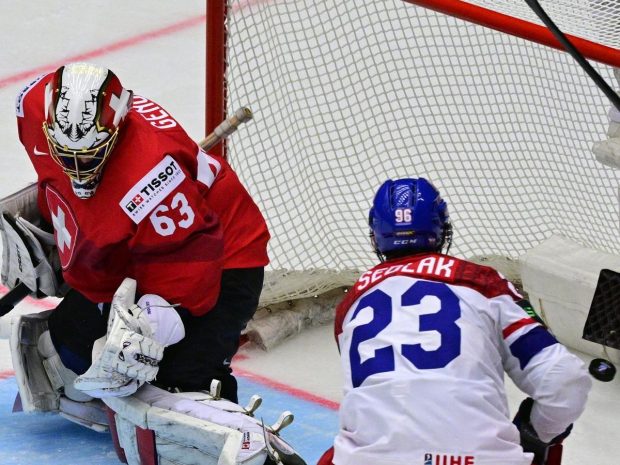
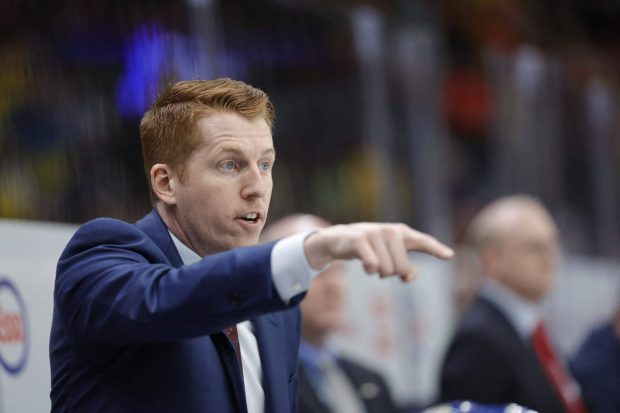
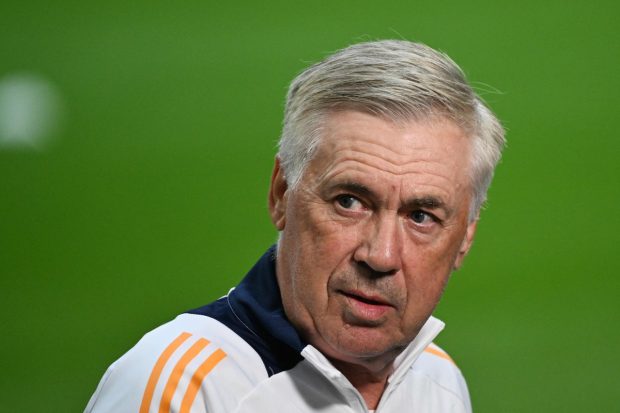
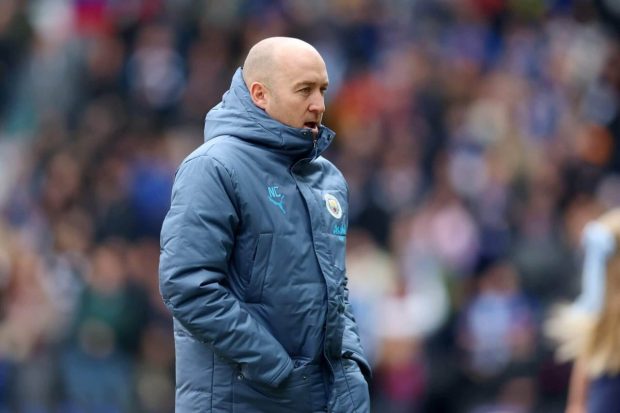
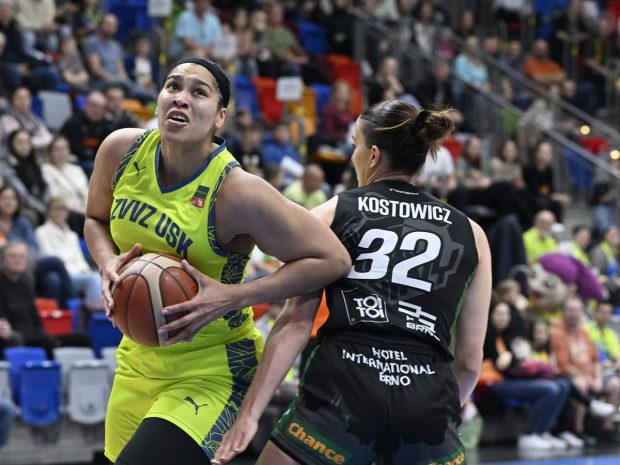
Be the first to leave a comment